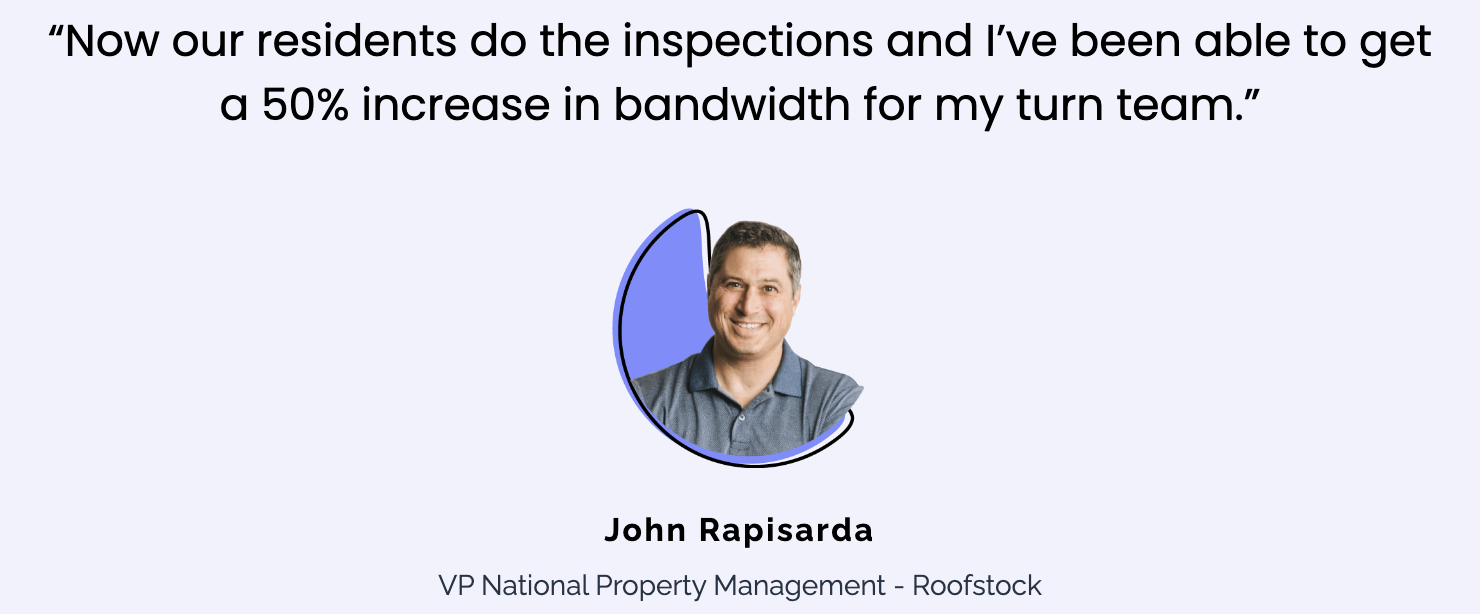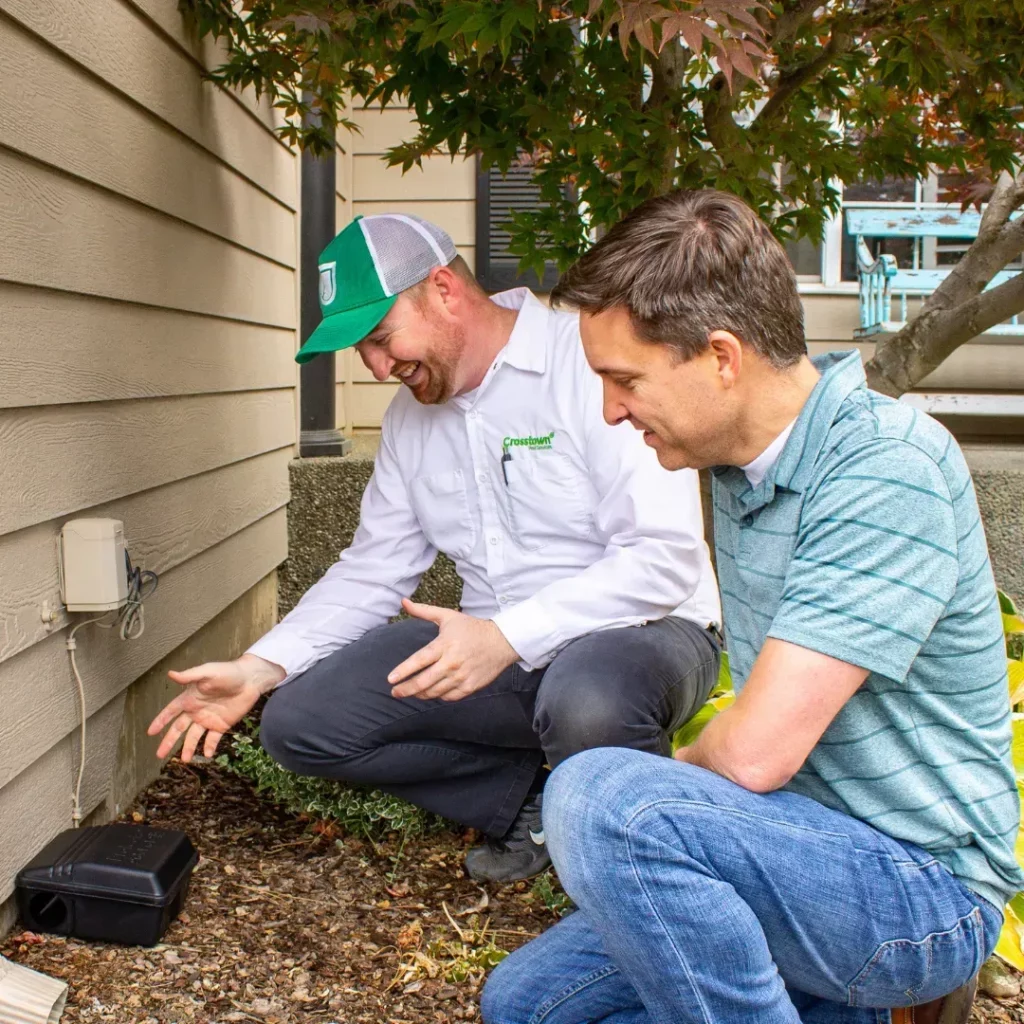The Increase Rental Value Add Formula
Many landlords began investing in real estate from late 2008 utilizing the typical investment plans associated with purchasing discounted and/or desperate assets which were either short sales, lender owned or seller liquidations. Many investors do not know that there are techniques to produce an extra 20%+ growth in asset value over an investment holding period without buying distressed assets. This concept is called value add purchasing. Below we’ll share a few of the tips and suggestions to do this.
Real Estate Value add-in is a proposal wherein you purchase properties at or below market value and still increase their value by 20 percent or more utilizing value add improvements that the seller wasn’t able to tap. The key thing to remember when executing value add approaches is as follows:
Best Strategy = Your Value Add Increase > Your Cost to Make the Increase Happen
Thus it’s important that the value of this increase either costs nothing or the cost is smaller compared to the resulting value growth for the strategy to be viable.
The Way to Find Value Add Centers in Real Estate?
Each home has changeable and unchangeable characteristics. As a value-add investor, you would like to locate properties with great unchangeable and easily rectifiable changeable characteristics. The listing of changeable property worth centers is as follows (this Isn’t comprehensive and there are other value add centers):
Rental Income Quality and Sources
Asset Types: Income Oriented Assets (i.e. Multifamily, Office, Retail, Self Storage etc.)
Goal: The Objective of this strategy is to increase the quality and sources of the rental income being produced at an investment advantage to help boost the investments cashflow and relative asset value.
This formula indicates that higher your growth of the net income stream of an asset, the greater its value is going to be become even if the cap rate held stable.
Here is an illustration of this idea: a property with a $50,000 net income at a 10% cap rate would be worth $500,000. This example shows how successful a $416 per month net income increase may mean in terms of asset value growth.
Strategy Defined: The strategy is two-prong in character as it involves increasing the rents of a income property as much as market value while finding additional cashflow centers.
Acquisition Targets: Seek out income properties in which the rents are below market value and you’ve got the necessary skill set as discussed below to bring the rents up to market value.
Target Markets: Locate markets with vacancy rates below 5% (caveat to the rule of thumb is that it is dependent upon which market you’re in as in NYC that the market will always be below 5% but finding lucrative opportunities will be tougher) and at which rent control is non-existent or has a provision for vacancy decontrol.
You can utilize vacancy rate evaluation to locate these markets. A vacancy rate analysis can be easily completed by acquiring asset specific study reports.
Acquisition Math: To figure out what to offer and whether the building works out of an investment feasibility perspective – you need to a complete fair market value evaluation of their rental income inside your located investment marketplace. Then you need to figure out what is the value-increasing proposition that you’re seeking; is it 20% or 30% or a 40% rise in asset value (this amount which can be a function of your own cost of funding or your own target yield). To help clarify this notion lets review an example below:
Rental Market Value Analysis
Value Increasing Proposition Goal: 20%+
Asset Type: 2 bedroom units only as they rent the fastest compared to all other units.
Analysis
Given the information above, you’ll need to locate a building with all two-bedroom apartments where in-place rents are at or under $833 a month with monthly tenants just. How can I get to this number?
$1,000/(1+20%) = $833
Hence locating a building that is currently generating less than $833 per unit each month will give you the requisite possibility to increase the rental income to your goal value-increasing proposal.
Execution: Executing and handling the turnover are the biggest barriers to implementing this strategy successfully. The key pointers:
Determine your property breakeven occupancy level prior to taking title.
Instantly after final name, send out rent increase notices subject to the leasing laws of your target investment municipality to all tenants over your breakeven occupancy level. The reception of these notices may cause your tenants to stop paying rent and thus forcing one to finish tenant evictions or buyouts.
If the tenants don’t react to your rent increase notices or stop paying rent then have a meeting with them and offer to buy them out of their leasehold interest.
How much should you spend buying out under-market value renters? That’s a question that I wanted to figure out when I began using this strategy. I Created a Two year revival period rule that has given me a good guideline:
One method of figuring that amount out is a 2-year payback principle wherein you compute what the growth will yield you throughout a 24-month investment horizon. In our example above a $167 rise across 4 components would equate to $ $16,032 with a variance associated with non-rent payments by new payments. Just how much of that budget you actually spend will depend on your negotiation skills as a real estate investor.
As soon as the tenants are out the units, complete a thorough blank out of the garbage and cleaning of the device and very minor cosmetic updates if needed and rent out the unit for a goal $975 to 990 each unit. Remember the goal is to get this up to market value without doing a great deal of work .
Can this strategy be worthwhile?
Well let us test out the math. If you raised the rental income of each unit by $125 on the minimal side across 4 components that could equate to $6,000 per year thereby generating $60,000 in asset value at a 10% cap rate.
Risks: All strategies carry risks and this one is no exception. Here are the dangers surrounding this particular strategy:
Lack of CashFlow – As you evict or buy out renters; your investments cashflow profile will be tremendously diminished for a time period. Hence you should not evict or ship out rent increase notices to all renters at precisely the same time rather you need to send out notices/buy out a proportion of renters above your breakeven ratio.
Legal Issues – When you send out rent increase notices, a renter can drag you facing a rent control board or a judge. Have a fantastic L-T attorney as a part of your team and make you only send a rent increase notice that’s within the allowable growth of the municipal ordinance.
Rental income quality & resources worth add strategy is a fantastic method to boost asset value through locating under appreciated rental income asset. Utilize this strategy on your investment plans instrument box as you have a look at your next bargain since you might seem a chance that another real estate agent misses.
















